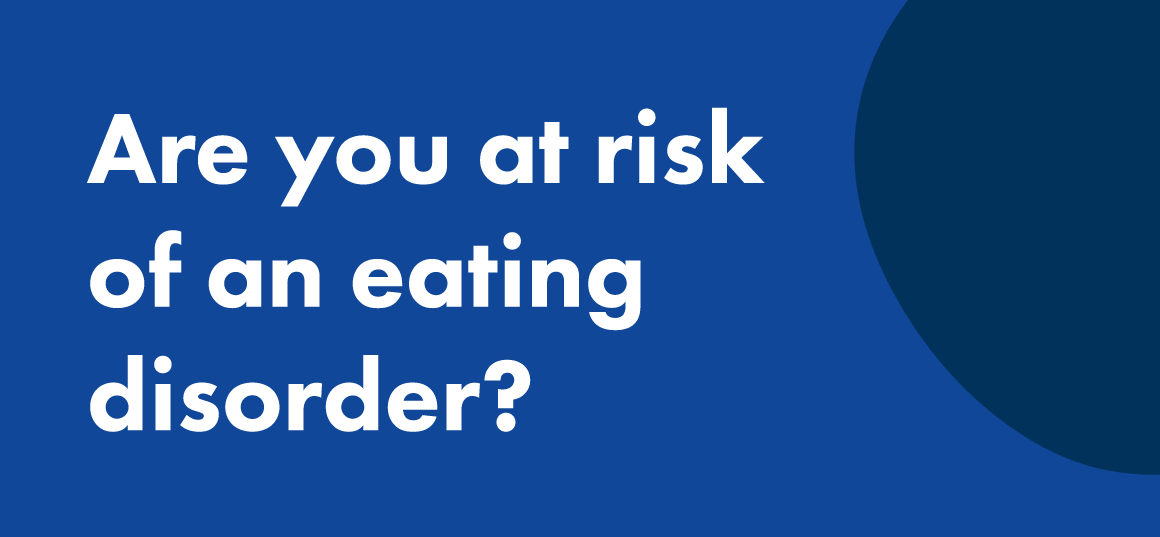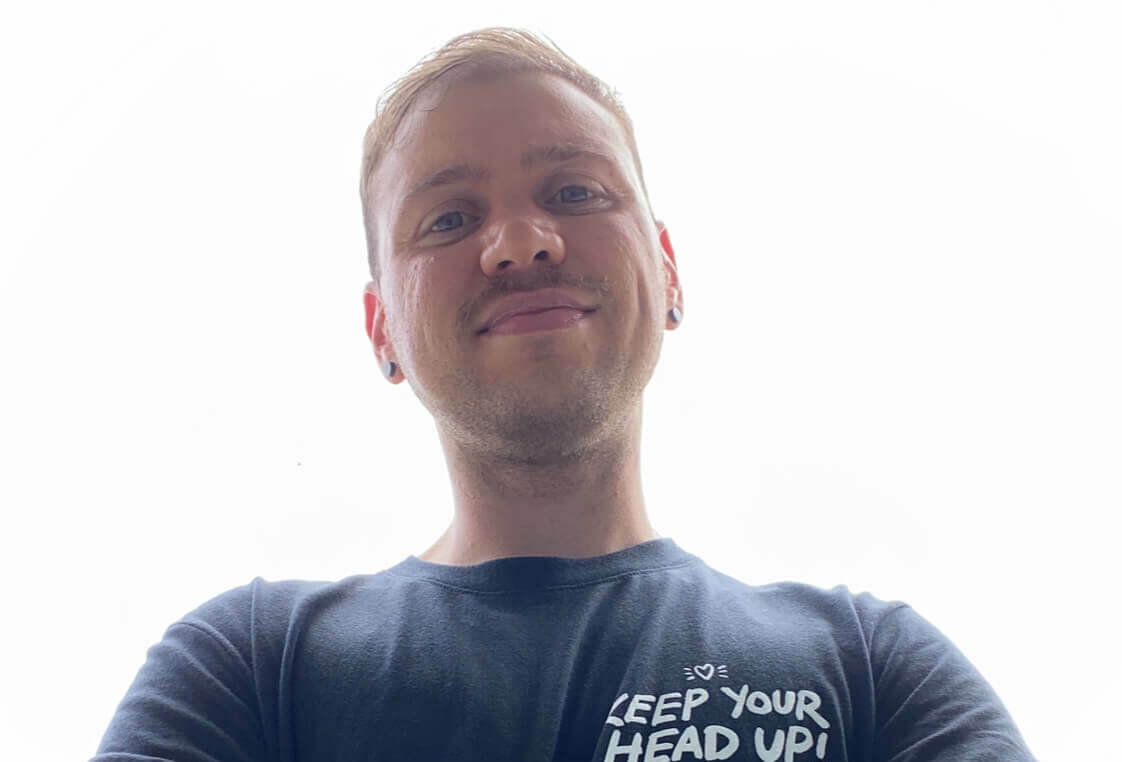Boycotting Highlight Reels and Embracing Our True Selves
Written by Lexie Manion
#BoycottTheBefore, an eating disorder awareness campaign typically run the final week of February, aligning with NEDAwareness Week, has emboldened thousands of eating disorder survivors since its launch in 2017. Ignited from a desire to no longer compare my sick body to my healing body, in February of 2017 I proclaimed on social media that I am “so much more than a “before” photo”.
This year is the fifth anniversary of #BoycottTheBefore and I have a strong desire to bring people together in the fight against eating disorders. Also founded in 2017, for a short period of time I ran a campaign called #HighlightMyReal.
Having done much of my work in the mental health community on social media, I was especially privy to the reality of how most people showcased themselves online — curated and perfected highlight reel images with accompanying shiny captions.
Most people only show these perfect highlight reels online, which are contrarily, perfectly imperfect. With such highlight reels being the focus of our attention, we may assume people’s lives are truly like this, but in reality; we do not see a full picture. Similarly, we do not see a full picture when we share our before-and-after eating disorder recovery photos — all we see is this “sick vs recovered”; “bad vs good”. I began noticing the similarities between these two campaigns I created and felt compelled to merge them together this year.
In encouraging people to “highlight their real”, in 2017 I asked people to post an honest photo and caption of their reality; it could be an unedited selfie or a pile of laundry — it could be anything, as long as it’s an honest snapshot from your reality. Many people jumped in on the campaign and shared their unedited, authentic moments. It was truly comforting to see that other people out there struggled to put away laundry, woke up naturally with no makeup or even showed their body as it naturally was with no filters or editing. It was inspiring.
Watching people come together to celebrate authenticity despite society’s rules and expectations felt liberating. No longer were we abiding by the rules of highlight reels. No longer were we hiding our true selves away. And once our truth reached the light and other people could see it, people supported one another.
The same string of events happened with #BoycottTheBefore — people from all walks of life came together to support a message they believed in.
While #BoycottTheBefore remains a choice for any eating disorder survivor to share their recovery story and opt to leave their sick photos in the past, anyone can #HighlightMyReal and share their honest self — whether you are an eating disorder survivor, someone supporting an eating disorder survivor or even just an ally. The point is to merge survivors’ and supporters’ worlds together, as we all want to see each other thrive.
Just as we need people to leave behind their sick photos to better educate the public about eating disorders and choose not to contribute to a sufferer’s triggers or to society’s misconceptions of an eating disorder, we also need everyone to vow to show their authentic selves from time to time. Of course, no one can ever be raw and honest all the time, and we all deserve privacy and boundaries.
But at the same time, when we choose to let down our walls and allow other people to see us where we are at, we can be met where we’re at; we can be supported and loved where we’re at, just the way we are.
My Journey with #BoycottTheBefore
Before I created #BoycottTheBefore, I was often posting my before-and-after eating disorder recovery photos to social media. There were a couple years where I would share the images frequently because I received so much love, support and validation.
In shaping #BoycottTheBefore’s message, I had to first take a look at my own behaviors. I learned that what I was lacking internally, I was desperately trying to receive externally. I felt like a phony in my recovery because I gained a lot of weight in both my struggles and healing. I am now plus size — a body type my eating disorder-riddled mind could not conceive.
I was trying to prove to people that I was sick; that I suffered immensely. In therapy, I learned I felt this way because I lacked validation and support from certain people, and I lacked self love. In trying to validate myself, I felt I needed to prove that I became underweight in my battle with my eating disorder. This becomes a dangerous, slippery slope very quickly though.
#BoycottTheBefore at a glance is about replacing the “before” image with a bold, black-and-white image saying we are “so much more” than them. Delving deeper into the meaning, it is also about challenging the idea that we must show the images where we were the thinnest, in order to be believed or seen.
When we place a photo of our sickest self next to our self in recovery, we automatically invite a comparison, which inadvertently echoes weight loss before-and-after photos, which have been used for decades and are a means of shaming the “before”. The before-and-after eating disorder recovery photo phenomenon that has become a trend on social media and is often the basis of the media covering a recovery story evokes different emotions, but the intent is the same; we want to be celebrated. We want to be congratulated. We want to be seen.
The comments on these recovery comparison promos from friends and family to strangers online are often supportive, but we only reinforce eating disorder stereotypes and steer away from promoting true awareness.
Eating disorders don’t have a “look”
People can struggle with an eating disorder at any size, which #BoycottTheBefore drives home. People can also lose weight, gain weight or stay the same weight in their struggles — and in all of those scenarios, there is deep suffering that is often unseen.
When we promote the trend, we say that only people who became thin because of their eating disorder deserve our attention, support and sympathy. Beyond the public being misled on what eating disorders are and leaving other body types out, we do a massive disservice to the recovery community and ourselves.
I have personally engaged in eating disorder behaviors after seeing a “before” photo or someone’s sick photos, distorted thoughts of my body image entering my mind. I have heard the same thing from dozens of people recovering from eating disorders, too. And more notably, the most important person we impact with these harmful comparisons is ourselves.
I also experienced years of my life where I weighed more and was suffering even more mentally, yet people around me did not think I was struggling as much because I no longer “looked the part”. When we share our “before” photos, we reinforce the very ideas and misconceptions we say we want to disprove. We unfortunately cause so much harm to the public, the recovery community and our own psyches.
I no longer look at my “before” photos as they no longer serve me. I know now that I was struggling at every size and that I deserved to be helped, believed and loved no matter what I looked like. Eating disorders do not have a look. #BoycottTheBefore is for everyone in eating disorder recovery, whether you became thin in your struggles or not.
How and why you should get involved
It is brave to be open, honest and authentic in a world expecting us to have it all together or to be picture-perfect. Just like #HighlightMyReal promotes authenticity, #BoycottTheBefore also educates us on how we are worth more than any two photos — or any sum of photos.
Eating disorder recovery does not come down to the “before-and-after”; it is about the myriad of brave steps we take in order to recover.
Much of these steps occur internally or cannot be photographed, so why are we trying to reduce ourselves to comparisons that harm our psyches, trigger sufferers, sensationalize a mental illness and misconstrue what eating disorders truly are? The media and social media are very visual platforms, so I believe when we share before-and-after photos, we want to show our recovery to the world and be proud of our progress; however the negative implications and effects outweigh any pride we may feel.
In addition to my campaign, The Renfrew Center and I have joined together to promote authenticity in the recovery community in a digital world we often only ever see highlight reels. I encourage you this year, eating disorder survivor or someone who supports someone with an eating disorder to choose to #BoycottTheBefore or #HighlightMyReal and #LiveRealWithRenfrew as both campaigns are truly about bringing the community together. Use the hashtag on Instagram to be reposted to @BoycottTheBefore.
We are in the fight against eating disorders and the fight against highlight reels. Let’s break down the misconceptions, stereotypes and assumptions together. Let’s highlight the brave recovery warriors and the incredible supporters.






















